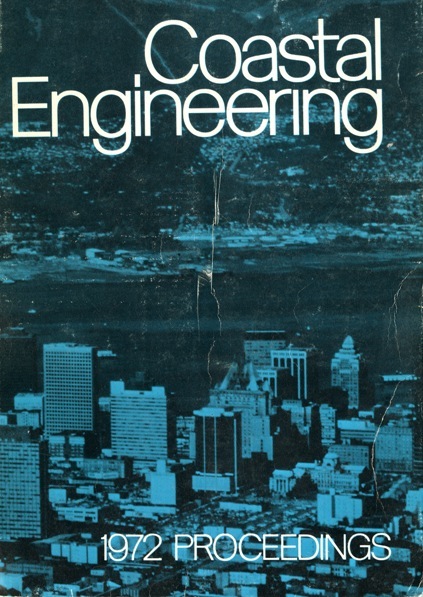Abstract
The rubble-mound seawalls, groins, breakwaters and ripraps around oceanfall pipelines are still the most common type of shore-protection structures currently in use. Major reasons include: easiness to construct and repair, flexible with respect to settlement, favorable wave-energy dissipation, fitness for any water depth and any foundation, and because of its economical nature if rubble-stones are readily available. However, the importance of a filter system in the stability of such structures must be emphasized. More recently, the submerged rubble-mound structures have become very popular due to aesthetic reasons. A filter system is considered a must to protect such a structure against erosion as a result of wave overtopping. Following a brief review of the problems, general discussions are made of the specific causes of failures including piping, overtopping, and nonstability. The physical factors that would affect the filter design are discussed in detail. Methods for design of filter system is presented including those applicable to the gradation of filter layers and to the plastic filters. The design procedure involves (a) making mechanical analysis of the backfill and base material, (b) estimating sizes of voids in the rubble-stones, (c) designing filter by Terzaghi criteria as revised by U.S. Army Waterways Experiment Station. A sample design of graded filter system behind rubble-mound seawalls is given. The procedure for the selection of plastic filters is also included. A comparison of the merits and demerits of these two types of filter systems will be made. This comparison will take into account the model test results conducted in the Look Laboratory. However, the readers are cautioned about the scale effects of the scour characteristics particularly on those tests with light-weight model sediments. This paper is intended as a general guideline for practicing engineers who will be responsible for design and construction of rubble-mound marine structures.
Authors retain copyright and grant the Proceedings right of first publication with the work simultaneously licensed under a Creative Commons Attribution License that allows others to share the work with an acknowledgement of the work's authorship and initial publication in this Proceedings.

